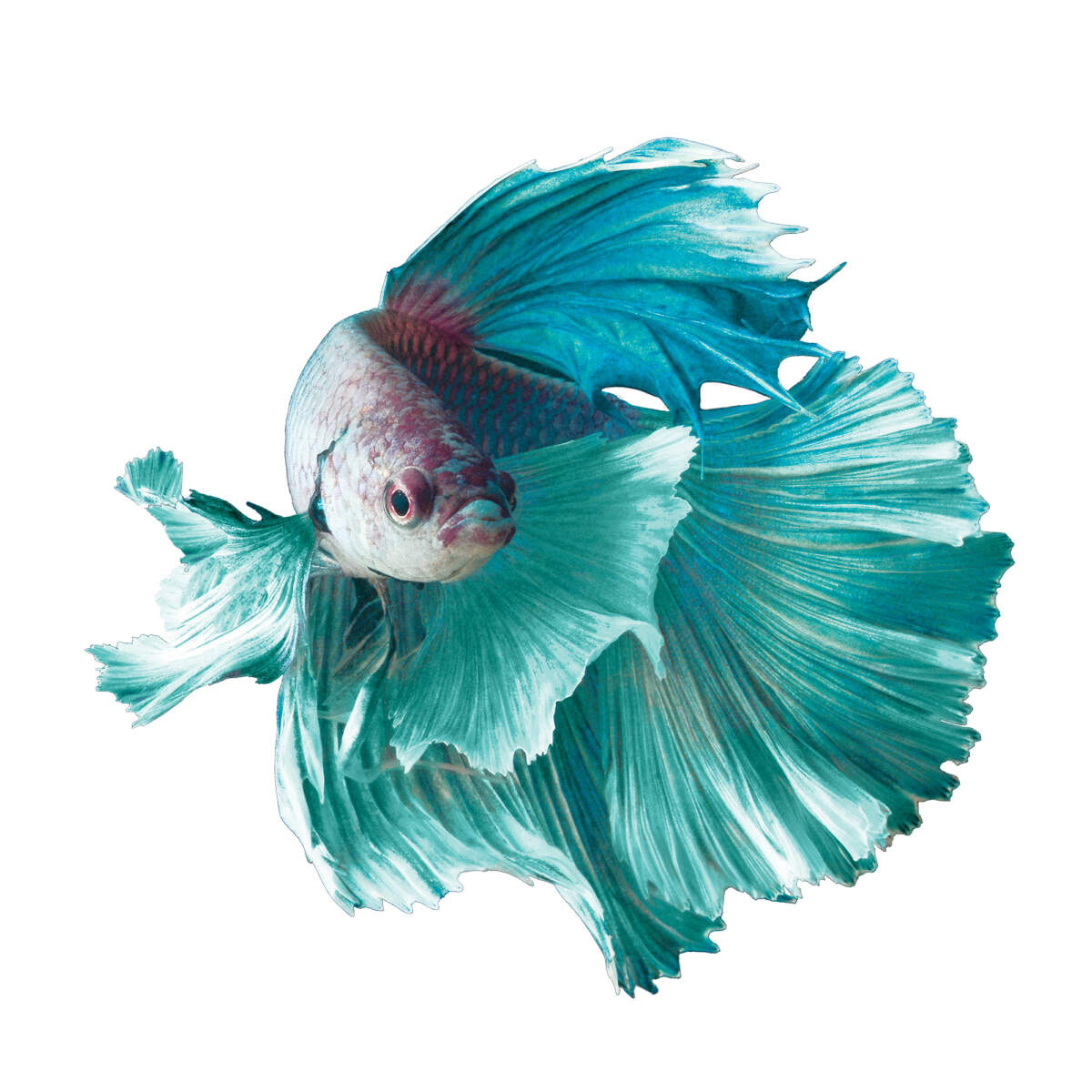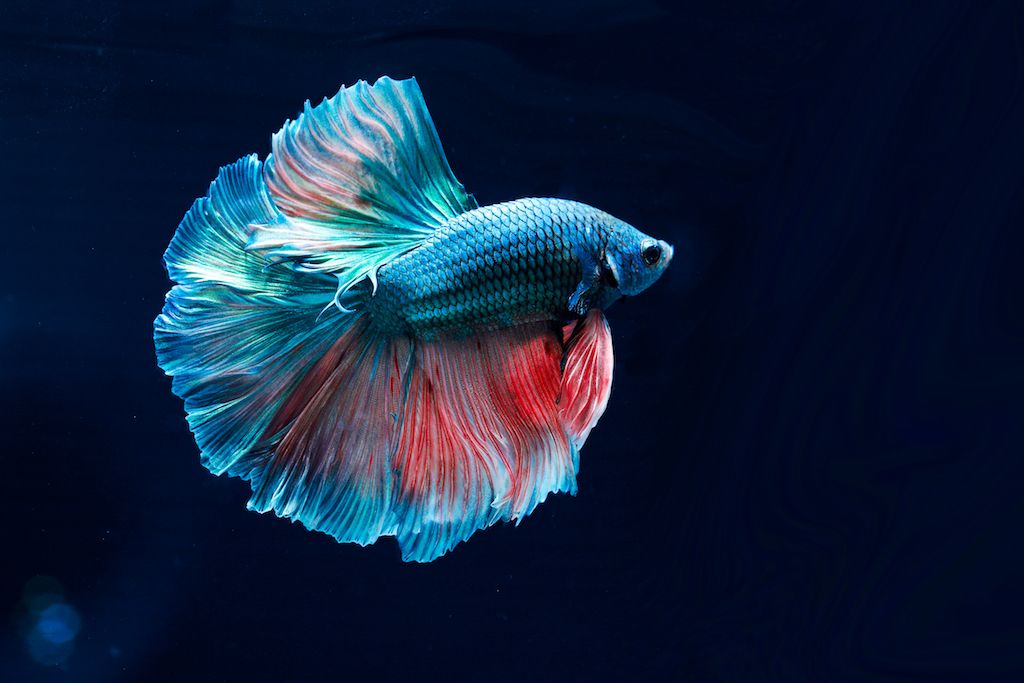How to Reproduce Betta Fish Efficiently: Professional Techniques and Insights for Hobbyists Seeking To Expand Their Betta Collection
Breeding Betta fish calls for a nuanced understanding of genes and ecological conditions, making it essential for enthusiasts to come close to the procedure with both diligence and care. Developing an optimum reproduction environment, selecting the best sets, and observing the ins and outs of their courtship behaviors are fundamental steps that can substantially impact the result.
Comprehending Betta Fish Genes
Comprehending the genes of Betta fish is important for effective breeding, as it affects qualities such as shade, fin form, and habits. Betta fish display a varied selection of shades and patterns, greatly established by their genetic makeup.
In enhancement to pigmentation, fin morphology is one more significant facet of Betta genes (betta fish). The form and size of fins are affected by different genes, including those that figure out whether the fins are short, long, or veil-shaped. Understanding these hereditary variants aids dog breeders anticipate the phenotypic results of their offspring
Moreover, behavioral traits such as aggression and territoriality can also be influenced by genes. These behaviors play a vital duty in the reproducing procedure, as they can impact spawning success and the overall character of the resulting fry. By comprehensively understanding these genetic concepts, dog breeders can make enlightened decisions, inevitably boosting their reproduction programs and attaining desirable outcomes.
Preparing the Breeding Environment
Developing an ideal reproduction atmosphere is essential for the effective recreation of Betta fish. The very first action in preparing this environment is to select a proper reproduction tank, preferably varying from 5 to 10 gallons.
Next, think about the usage of a sponge filter or an air rock to supply mild water circulation without developing strong currents that can emphasize the fish. It is important to mount plants or breeding cones to use concealing areas and advertise convenience for the female throughout the spawning process. Floating plants, such as Java moss or water sprite, can also develop a much more all-natural environment while helping with bubble nest building by the man.
Prior to presenting the breeding pairs, ensure the water is conditioned and without hazardous chemicals, such as chlorine or hefty metals. betta fish. Regular water adjustments should be performed to preserve optimal water top quality, improving the opportunities of successful breeding. With these prep work in location, the breeding setting will certainly support the health and well-being of both Betta fish
Picking Reproduction Pairs
Selecting the ideal breeding pairs is vital for achieving effective Betta fish reproduction. Healthy Betta fish display vibrant shades, clear eyes, and energetic actions.
Character is one more crucial consideration, as Betta fish are known for their aggressive nature. It is advisable to pick a man and lady that show compatible characters to lessen anxiety throughout the breeding procedure. A calm man can urge a smoother courtship, while a female that is as well aggressive may disrupt the procedure.
Hereditary history likewise plays a considerable function in the quality of the offspring. Breeding fish that are genetically diverse can lower the threat of hereditary wellness problems and boost the general vitality of the fry. It is beneficial to research the family tree of both the man and lady, concentrating on desirable characteristics such as fin type, color scheme, and dimension.
The Breeding Process
The breeding process of Betta fish needs careful preparation and attention to information to make sure an effective result. It is essential to prepare a suitable reproduction storage tank, preferably a 5-10 gallon helpful resources aquarium with a temperature level preserved at 78-80 ° F. The container should be equipped with a heater, filter (ideally sponge type to prevent solid currents), and a lot of water plants for the woman to conceal.
As soon as the atmosphere is established, present the selected breeding set to the tank, permitting them to accommodate. Observe their actions; the man will certainly display elaborate courtship routines, consisting of flaring his fins and developing a bubble nest. If the female reveals rate of interest, she will certainly present upright red stripes indicating readiness for spawning.
When the woman is responsive, the set will participate link in a mating embrace, throughout which the male fertilizes the eggs. It is crucial to monitor their interactions closely, as the man might end up being hostile. After generating, get rid of the lady to stop prospective injury. The man will often tend to the eggs, which generally hatch within 24-36 hours. Keeping optimum water problems throughout this period is crucial for the growth of healthy Betta fry.
Taking Care Of Betta Fry

Feeding Betta fry is important, as they need a diet plan high in protein. Originally, they can be fed infusoria or liquid fry food, transitioning to finely crushed top quality pellets as they expand. Feed little portions numerous times a day to encourage healthy development without overloading the container with leftover food.

As they develop, monitor their development very closely and separate any type of aggressive individuals to avoid harm. By providing a nurturing setting and proper nutrition, enthusiasts can successfully raise Betta fry into lively, healthy and balanced fish, eventually boosting their reproduction endeavors.
Final Thought
Successful Betta fish breeding calls for meticulous focus to genetic selection, ecological problems, and treatment for the fry. By comprehending the genes of Betta fish and preparing an appropriate breeding setting, hobbyists can improve the possibilities of producing dynamic, healthy children.